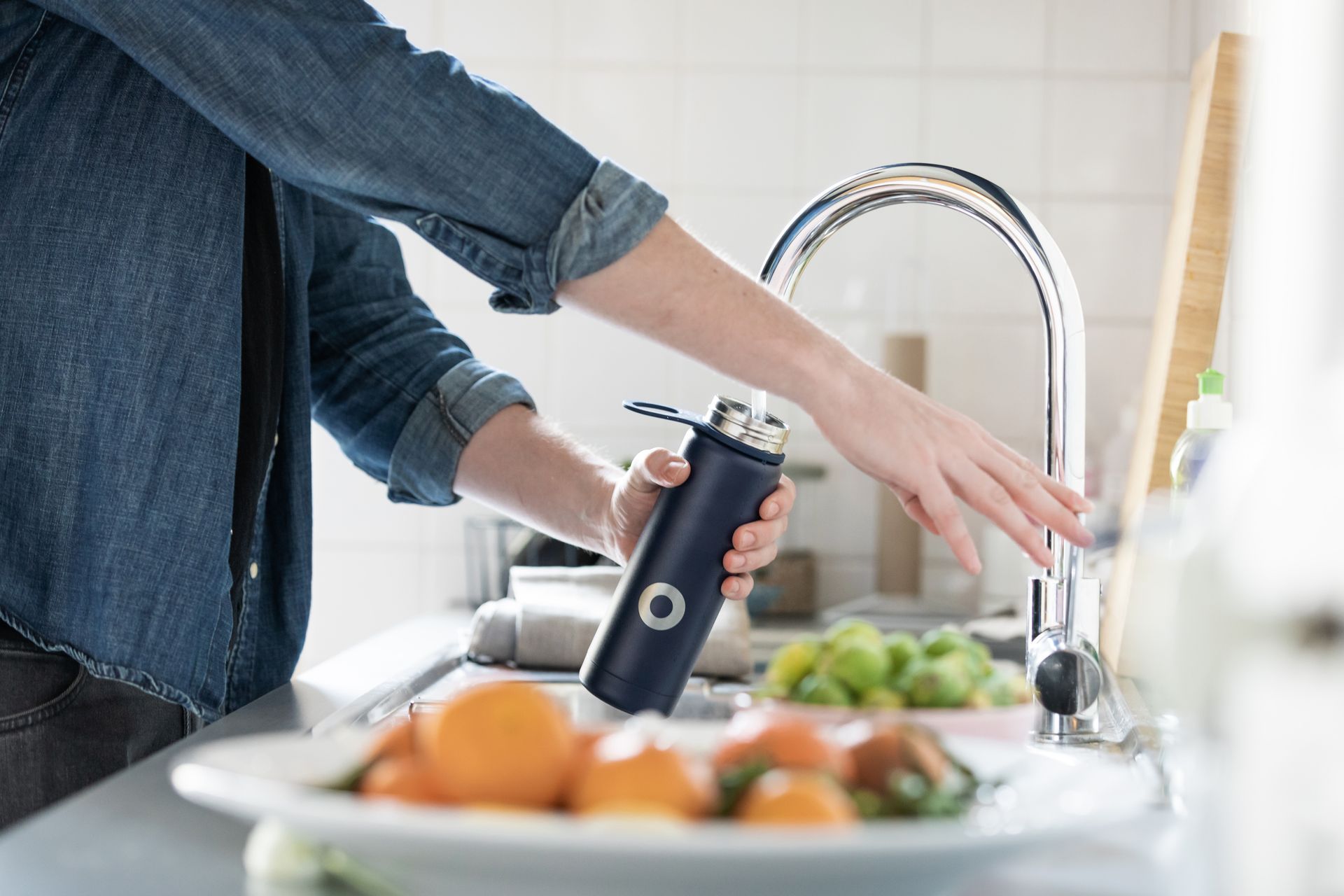Serving Baltimore City, Baltimore, Harford, and
Howard Counties, MD
Sump Pump Tips
Helpful Instructions for Sump Pumps
Sump pumps are crucial devices for preventing basement flooding and water damage. To ensure they function properly, regular preventive maintenance is essential. Below, I'll provide some instructional information on sump pump maintenance and preventive measures:
1. Understand Your Sump Pump:
- Familiarize yourself with the type and model of your sump pump. Refer to the manufacturer's manual for specific instructions and maintenance schedules.
2. Regular Inspection:
- Periodically check your sump pump for any visible signs of damage, rust, or wear.
- Ensure the power cord and plug are in good condition.
- Inspect the discharge pipe and check valve for any clogs or obstructions.
3. Test the Sump Pump:
- Test your sump pump by pouring water into the pit until the float or switch activates the pump. Ensure it pumps the water out properly and shuts off when done.
4. Clean the Sump Pit:
- Remove any debris, mud, or sediment from the sump pit. A clean pit allows the pump to work efficiently.
- Install a sump pit cover to prevent debris and odors from entering.
5. Check the Check Valve:
- Ensure the check valve on the discharge pipe is functioning correctly. This valve prevents water from flowing back into the sump pit.
6. Lubricate if Necessary:
- Some sump pumps have bearings or bushings that may need lubrication as per the manufacturer's instructions.
7. Battery Backup Maintenance:
- If your sump pump has a battery backup system, check the battery regularly and replace it as needed. Follow the manufacturer's recommendations for maintenance.
8. Ensure Proper Discharge:
- Make sure the discharge pipe directs water away from your foundation and into an area where it won't flow back into your basement.
9. Install Alarms:
- Consider installing high-water alarms or water level sensors to alert you if the water level in the pit rises to a critical level.
10. Backup Power Source:
- Have a backup power source (such as a generator or battery backup) in case of power outages. Without power, your sump pump won't work.
11. Professional Maintenance:
- Schedule periodic professional inspections, especially before the rainy season.
- If you're not comfortable with DIY maintenance, hire a plumber or sump pump technician to perform routine checks and maintenance.
12. Emergency Plan:
- Have an emergency plan in place in case your sump pump fails. This might include a portable pump, a wet/dry vacuum, or access to professional help.
Remember that preventive maintenance is essential to ensure your sump pump operates reliably during heavy rains or flooding events. By taking these steps, you can reduce the risk of basement flooding and prolong the life of your sump pump. Always follow the manufacturer's guidelines for maintenance and consult with a professional if you encounter any issues you're not comfortable addressing on your own.
Are you interested in
- Upfront Pricing
- Personalized Options
- Outstanding Customer Service
Ask about our Easy Financing Options
VISIT US
HOURS
HOURS
Hours:









Share On: